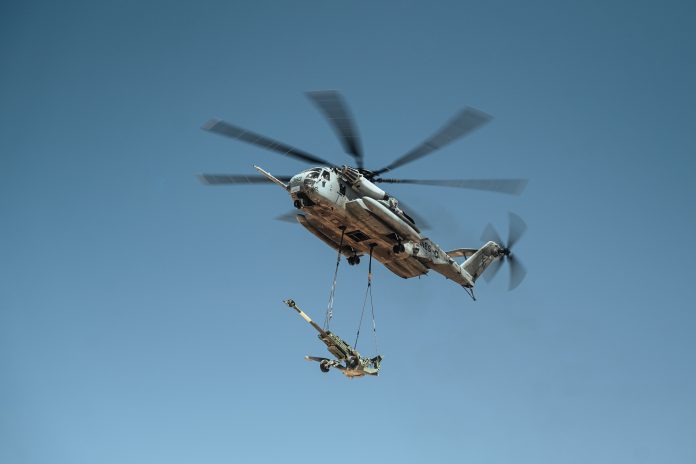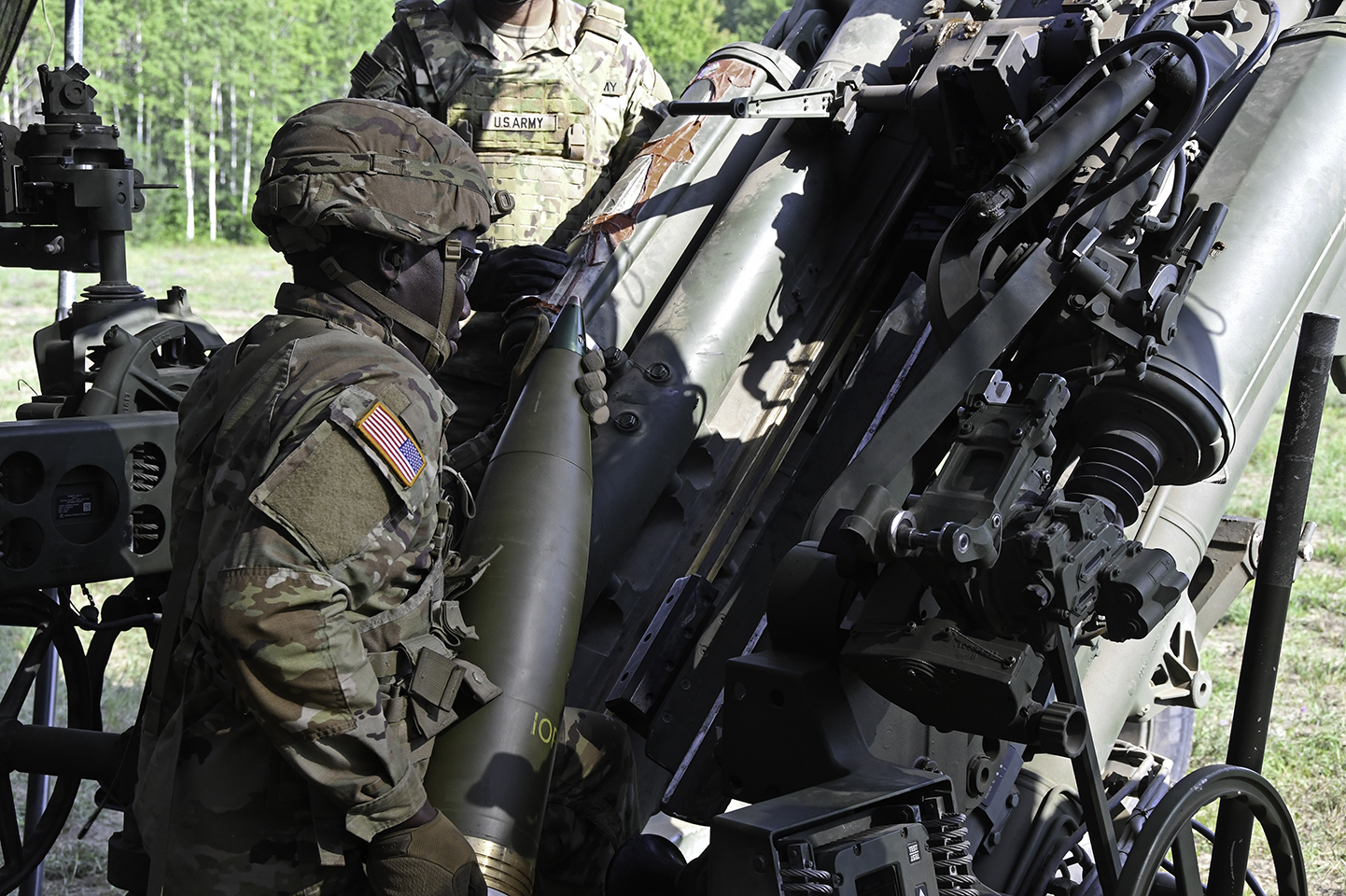Originally published 300K IMUs and Counting – Why the IMU is Mission-Critical to Today’s Military on by https://modernbattlespace.com/2025/07/31/why-the-imu-is-mission-critical-to-todays-military/ at Modern Battlespace

Position, navigation, and timing (PNT) information is essential for modern military operations. Not only is this data necessary for troop movements and identifying the location of assets and adversaries on the battlefield, but it’s also essential for ensuring the successful integration and fusion of sensor data – something increasingly important for today’s modern military.
PNT information has traditionally been provided by the GPS satellite constellation. However, if the GPS signal is compromised, adversaries can jam or spoof it – denying essential PNT information for allied forces. This has made the identification and implementation of PNT alternatives to the GPS constellation mission-critical for the military.
One of those PNT alternatives is a technology that average consumers may not know about but probably have in their pockets right now – Inertial Measurement Units (IMUs).
Last month, Collins Aerospace announced that it had delivered its 300,000th Micro-Electro-Mechanical Systems (MEMS)-based IMU. We sat down with Mike Blackford, a Business Development Manager at Collins Aerospace, to learn more about these exciting solutions, what they can provide for the military, and why they’re important PNT alternatives.
The Modern Battlespace (TMB): What is an IMU? What does this technology do, and where has the average consumer probably experienced the capabilities of an IMU before?
Mike Blackford: An IMU is a device comprised of sensors that can measure linear forces using accelerometers and angular rates using gyroscopes. The IMU can leverage those measurements to calculate its position and orientation.
IMUs might seem high-tech, and they are, but the average consumer uses them more in their day-to-day lives than they probably realize. IMUs are in devices like mobile phones, tablets, and automotive satellite navigation systems.
“…the use case for making munitions guided…[is] not the only use case for IMUs. IMUS can be used for the stabilization and orientation of antennas. They can also be used in standby navigation systems for aircraft, land vehicles, ships, submarines, and weapon systems.” – Mike Blackford
TMB: Collins Aerospace recently announced a significant milestone for its MEMS IMU solution. Can you tell our readers about that milestone and what it signifies?
Mike Blackford: Collins Aerospace recently delivered our 300,000th MEMS IMU. These IMUs have mainly been used in munition stabilization and navigation applications.
When munitions can’t rely on GPS receivers due to the conditions when firing them or the domain they’re used in, IMUs can ensure that munitions are delivered accurately, achieving the military objective while minimizing the risk of collateral damage.
TMB: Why are IMUs in demand among global governments? Why would they want or need an alternative PNT solution to services like GPS?
Mike Blackford: The peer and near-peer adversaries that we’re facing today are sophisticated, with advanced capabilities including electronic warfare (EW) capabilities. As we have seen in recent conflicts, these EW tools can be used to jam or spoof signals like GPS.

When our adversary can deny or disrupt our essential PNT signals, we cannot afford to rely solely on one system – like GPS – for accurate and trusted navigation. Our systems require resilient navigation solutions that can continue to operate when GPS is unavailable.
TMB: Why would munitions not be able to have integrated GPS sensors? How are IMUs capable of operating in munitions where GPS receivers cannot?
Mike Blackford: The kinds of munitions that we’re talking about are shells like the 155MM artillery shell used in field guns and howitzers. There are several reasons why this ammunition can’t be GPS-enabled for the entirety of their trajectory; most significantly, the size and weight of the sensors, and the intense impact that the sensors must survive from the firing process.
The MEMS IMU is an excellent alternative for this use case. Not only does Collins Aerospace build these IMUs to the most stringent standards at our world-class manufacturing facility, but we’re also capable of building robust IMUs that are resilient to high shock loads and vibration, which is critical for gun-launched artillery shells.
TMB: What different use cases do IMUs have across the DoD and international militaries?
Mike Blackford: We discussed the use case for making munitions guided, but that’s not the only use case for IMUs. In fact, the use cases are pretty broad. IMUS can be used for the stabilization and orientation of antennas. They can also be used in standby navigation systems for aircraft, land vehicles, ships, submarines, and weapon systems.
“When munitions can’t rely on GPS receivers due to the conditions when firing them or the domain they’re used in, IMUs can ensure that munitions are delivered accurately, achieving the military objective while minimizing the risk of collateral damage.” – Mike Blackford
What’s most exciting is that the sky is really the limit for IMU use cases and adoption. IMU technology is still growing, evolving, and improving. The use cases will only increase in number and sophistication as IMU capabilities increase.
TMB: Speaking of that…what does the future look like for Collins IMU solutions? What new capabilities are in the roadmap? How will the company continue to evolve and improve its IMU solutions?
Mike Blackford: We continue to develop our IMU product line to improve overall IMU performance. These improvements are intended to provide more accurate navigation over longer periods of time. We’re also constantly evaluating ways to make these solutions smaller, lighter, and less expensive for our customers.
We’re also working to ensure that we continue to provide the highest-performing IMUs with the robustness required for the harshest environments.
Originally published 300K IMUs and Counting – Why the IMU is Mission-Critical to Today’s Military on by https://modernbattlespace.com/2025/07/31/why-the-imu-is-mission-critical-to-todays-military/ at Modern Battlespace
Originally published Modern Battlespace

